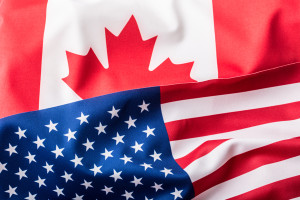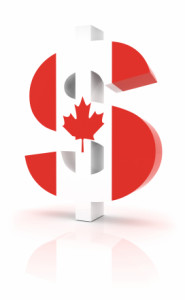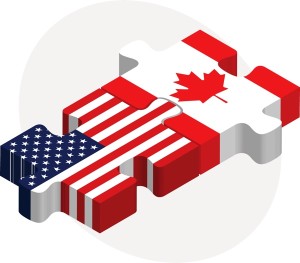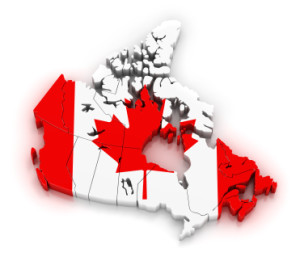The Canadian dollar had a negative trading session on Monday. The loonie was pressured downwards as the price of oil retreated and the USD advanced on the hopes President Trump will present a tax reform plan this week. The results of the first round of French presidential elections sparked an appetite in riskier assets hurting Canadian bonds as investors sold fixed income looking for higher yields.
Canadian wholesale data showed a step back of 0.2 percent in February. This is the first contraction after four straight months of gains. The forecast had anticipated a larger drop but the indicator did little to help the dollar. Wednesday’s release of retail sales will have a higher impact as the gap between the US and the Canadian economy widens.

The USD/CAD gained 0.095 in the Monday trading session. The currency pair is trading at 1.3509 after the USD got a boost from comments from US President Donald Trump to seek a 15 percent corporate tax rate as part of other tax cut to be unveiled on Wednesday. The Trump administration has yet failed to deliver on the optimism created after the election opting to push Immigration and Health care reforms ahead of the tax and infrastructure spending policies.
US Treasury Secretary Steven Mnuchin and National Economic Council Director Gary Cohn will head to Washington to talk to Senate Majority Leader and the House Speaker. With talk of the debt ceiling approaching and the aftermath of the healthcare reform fiasco, a tax reform should get more support from the republican base but only if it promises to deliver on the pro-growth agenda.ft.coft

The price of West Texas fell 0.645 percent in the last 24 hours. The barrel of WTI is trading at $48.86 despite the best efforts of the Organization of the Petroleum Exporting Countries (OPEC) to signal that an extension to the production cut deal is imminent. Oversupply continues to push the price of oil lower with US shale producers ramping up the number of drilling operations.
Market events to watch this week:
Tuesday, April 25
10:00am USD CB Consumer Confidence
9:30pm AUD CPI q/q
Wednesday, April 26
8:30am CAD Core Retail Sales m/m
10:30am USD Crude Oil Inventories
11:50pm JPY Monetary Policy Statement
Thursday, April 27
Tentative JPY BOJ Outlook Report
Tentative JPY BOJ Policy Rate
2:30am JPY BOJ Press Conference
7:45am EUR Minimum Bid Rate
8:30am EUR ECB Press Conference
8:30am USD Core Durable Goods Orders m/m
8:30am USD Unemployment Claims
Friday, April 28
4:30am GBP Prelim GDP q/q
8:30am CAD GDP m/m
8:30am USD Advance GDP q/q
*All times EDT
For a complete list of scheduled events in the forex market visit the MarketPulse Economic Calendar


























































